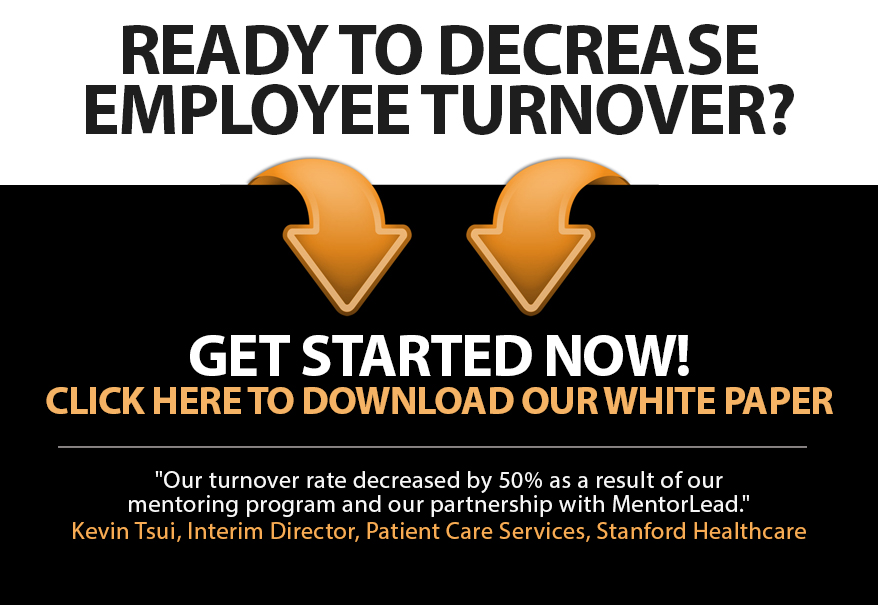
Stop Kissing Worms
I have a confession… I’ve been kissing a lot of worms lately.
Figuratively, not literally.
I keep getting in the weeds on projects – I’m so far in that I’m kissing worms. For example, Cindy on my team took the initiative to set up a follow-up meeting with a client. I insisted on participating and then I monopolized the conversation. I didn’t need to. She is the consummate client engagement specialist.
So why am I suddenly micromanaging? Well if I’m honest, I’ve been traveling a lot, the team is growing, and I’m feeling disconnected and less relevant.
Insecurity is at the root of all worm-kissing:
- We don’t know people’s skills or experiences.
- We’re confounded by the importance of the situation or task.
- We feel left out of the loop and therefore vulnerable.
- And sometimes we’re avoiding other aspects of our job where we feel less proficient.
As managers, we’re masterful at kissing worms – managing the heck out of projects made us successful in the first place! But the problem with kissing worms:
- Our distrust bruises morale (and breeds distrust).
- We solve problems for people, which hampers their growth.
- We aren’t teaching, coaching, training, or developing.
- We become overwhelmed – with our work and theirs.
- We can’t take on new projects or strategize about the big picture.
Granted, some situations warrant our increased involvement, but we can view the weeds without diving into them:
- Agree on a schedule for receiving updates
- Discover people’s skills and experiences
- Share context and content
- Ensure people have what they need to be successful
- Encourage questions and ideas
- Allow people to fail and learn
To be a better boss, we must delegate to develop, grow, and recognize people. In other words… kiss people, not worms (figuratively, not literally).
ps. If you are burdened by a boss who loves to kiss worms, just commit to over-communicating.





